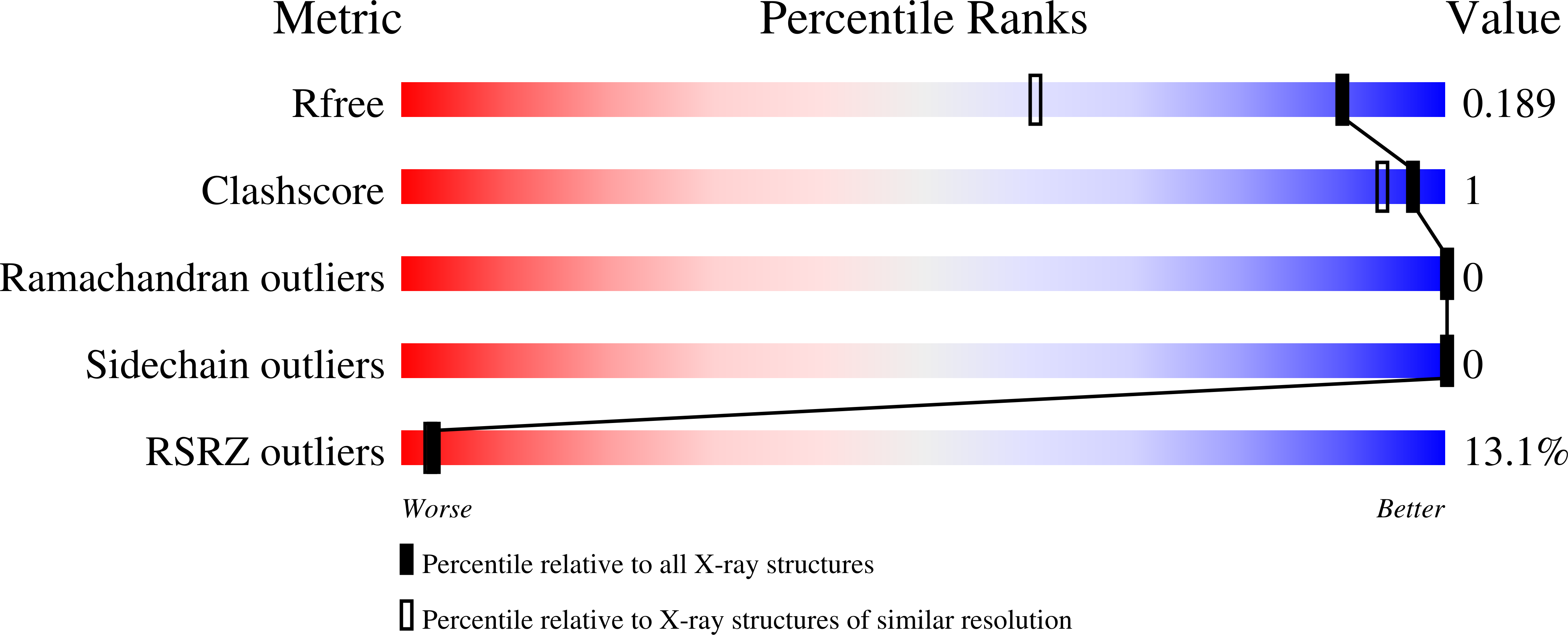
Deposition Date
2024-03-11
Release Date
2024-05-01
Last Version Date
2024-05-29
Entry Detail
PDB ID:
9AZX
Keywords:
Title:
Crystal structure of SARS-CoV-2 (Covid-19) Nsp3 macrodomain in complex with NDPr
Biological Source:
Source Organism:
Host Organism:
Method Details:
Experimental Method:
Resolution:
1.40 Å
R-Value Free:
0.18
R-Value Work:
0.15
R-Value Observed:
0.15
Space Group:
P 1


